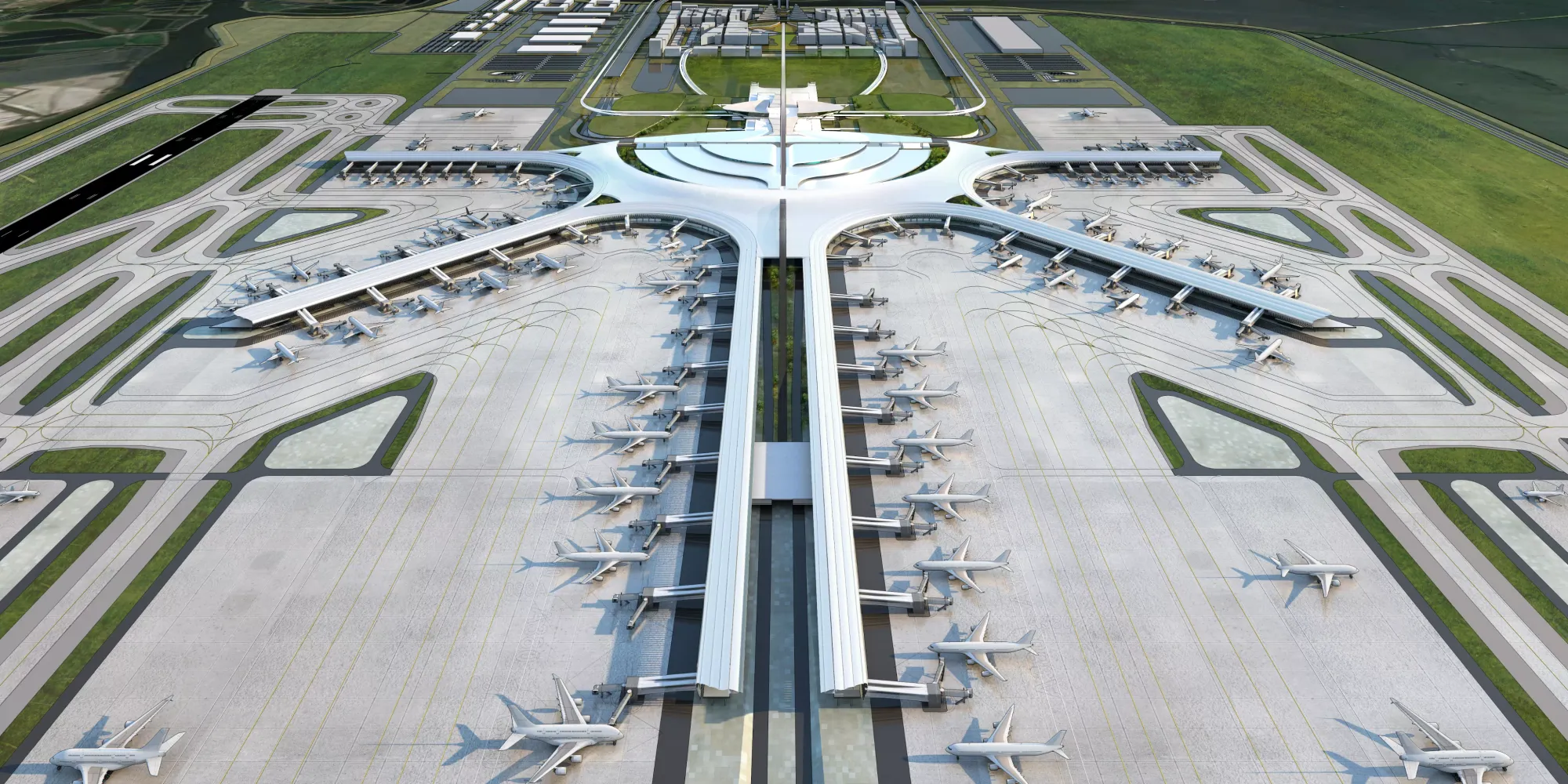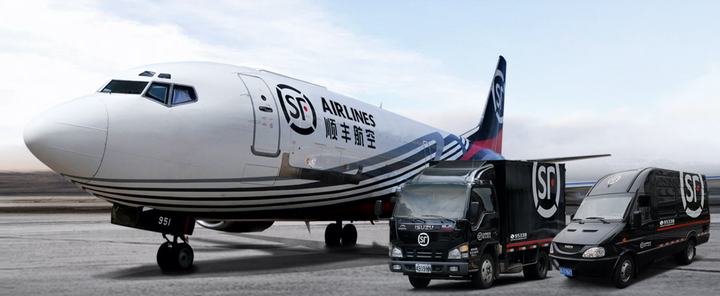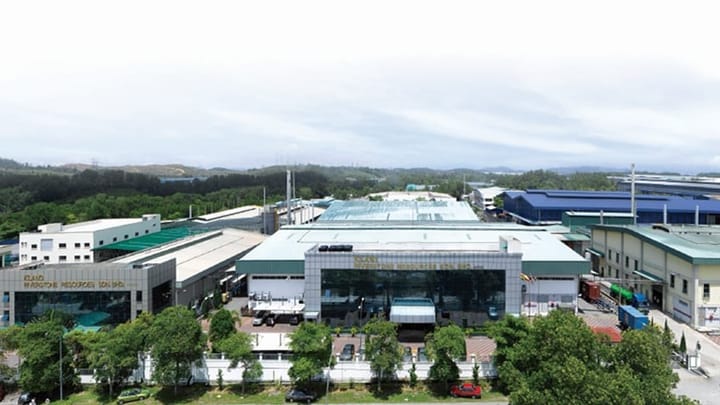Cebu Air: Clear skies ahead
Cebu Air looks poised for take-off as the leading regional airliner in Philippines. Recent trends point to the ability of the market to absorb higher capacity from the airlines' aggressive expansion.

After a string of acquisitions in 2024, Cebu Air has consolidated its leading position as the airline of Philippines. Without a doubt, flight network expansion is key to the company’s growth, and at the same time, the airline is increasing frequencies to their international destinations such as Melbourne and Sapporo. Currently, the airline serves 37 domestic cities and 26 international cities, operating a fleet of around 100 aircraft with an average age of 6 years old.
The latest strong showing of its earnings lent further credibility to the growth in travel demand within the region. Barring the almost 5 billion pesos fair value gain generated from four free engines compensated by supplier Pratt & Whitney, Cebu Air still exhibited firm growth in passengers and flights volume. Passenger load factor stayed at around 85% but the airline yielded improvement in the cost per available seat kilometer.
Having added 13 aircrafts in 2024, a more moderated net addition of 2 aircrafts this year will help to rein in start-up costs, allowing Cebu Air to focus on fare pricing and the resulting passenger yield. At about 15% seat growth for 2025, it is clear that the company is resolute in capturing higher market share in their home market. Most recently, their increase in international routes also helped them overtake Philippines Airlines in the international market.
In the longer term, the record-breaking aircraft purchase agreement with Airbus in late 2024 seeks to solidify the dominant position of Cebu Air against its peers like low cost carrier Philippines AirAsia. The US$24b order is for 152 narrowbodies, with 102 being firm order (with deliveries starting 2029) and the remaining 50 aircraft subject to confirmation around 2033.

Underpinning this ambitious fleet expansion is the confidence that the Philippines aviation hubs can keep up with their infrastructure. Ninoy Aquino International Airport is in the midst of a planned US$3b upgrade after a 15-year concession deal was sealed in November 2024 to overhaul and privatise the management and operations of the airport. Apart from increasing the handling capacity of the existing airport, the country is also preparing for a new world-class airport called Bulacan International Airport to begin construction in early 2026. Slated for completion by 2028, the new US$15b Manila airport project targets to serve 100 million passengers annually, compared to Ninoy Aquino International Airport's potential capacity of 60 million per year after the upgrade.
That is not to say that Cebu Air does not face near-term operational risks. Firstly, jet fuel prices have been steady and relatively manageable so far. However, with global uncertainties and currency volatility, it is not a given that fuel price will remain stable for a considerable period. Moreover, elevated hedging costs prevent the airline from locking in more of their costs (current hedging ratio of less than 20%).
Secondly, ongoing supply issues with the fleet can continue to persist and weigh on the reliability of their flights. 12 of their aircraft are currently grounded and the availability of engine parts is still uncertain. As such, both aircraft delivery and maintenance timeline is too volatile for concise planning especially when it is important for airlines to forecast and capture seasonal travel demand cycles.
Despite these challenges, Cebu Air looks poised for take-off as the leading regional airliner in Philippines. The demography of the region supports a secular growth for travel demand and it is clear from recent trends that the market is able to absorb higher capacity as airlines invest in their fleet and network of routes. Outside of Metro Manila, emerging hubs in provinces such as Bohol and Iloilo continues to grow at breakneck rates, attesting to the broadening out (and sustainability) of latent demand as long as airfares are kept affordable.



